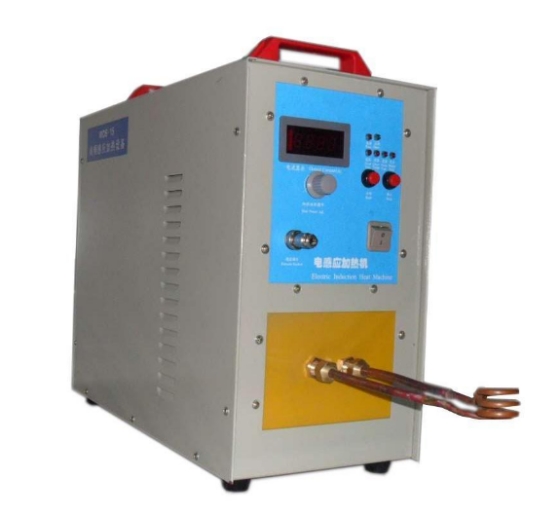- 02
- Mar
What kind of heat treatment can the high-frequency induction hardening machine perform on the coil spring?
What kind of heat treatment can the high-frequency induction hardening machine perform on the coil spring?
The diameter of round section material is greater than 12mm, the side length of rectangular section material is greater than 10mm, and the coil spring with plate thickness greater than 8mm is generally manufactured by hot forming. The specific process is steel inspection-cutting material-heating steel rod hot coil spring-shaping-hot shaping -Tempering-end surface grinding-shot peening-hot pressure treatment-flaw detection-painting or phosphating spray-inspection-packaging. Today, I will tell you what are the processes that can be carried out by the high-frequency induction hardening machine.
1. Bar heating is generally carried out by high-frequency quenching machine with automatic feeding and discharging. The diameter of the material can reach 60mm, and the length should not exceed 8m. The heating temperature of the steel bar is generally 880-950℃.
2. Coiling, using a computer-controlled cored or coreless hot-coiling machine, with a processing diameter of 20-60mm, and hot-coiling the heated bar material into a compression coil spring of the required specification. The temperature of the spring after hot coil forming should be above 840℃, which is convenient for direct quenching. That is, it is quenched into oil at 50-80°C. The temperature of the spring oil tank should be controlled within the range of 120-180℃ to prevent its deformation and reduce the quenching stress. After being quenched by a high frequency induction hardening machine, the hardness of the spring is greater than 54HRC.
3. Tempering, the spring after quenching must be tempered within 2h to prevent quenching cracks. The tempering furnace adopts PLD control, so that the tempering temperature is controlled within ±3℃, and the tempering temperature is 400-450℃. After tempering, the hardness of the spring can reach 45-50HRC. Springs that are prone to deformation during the heat treatment process will be treated separately, and the shaping process should generally be added.

